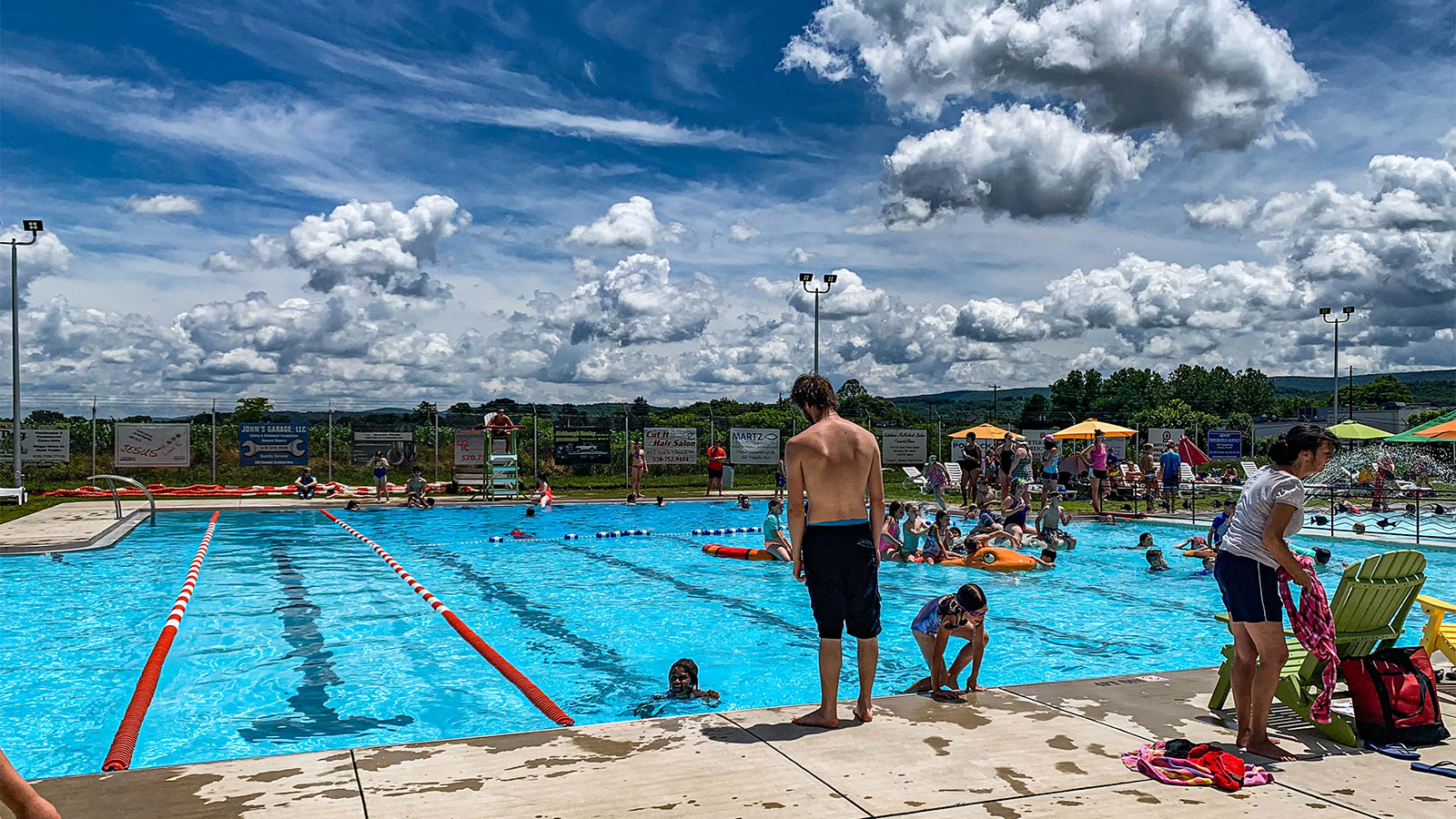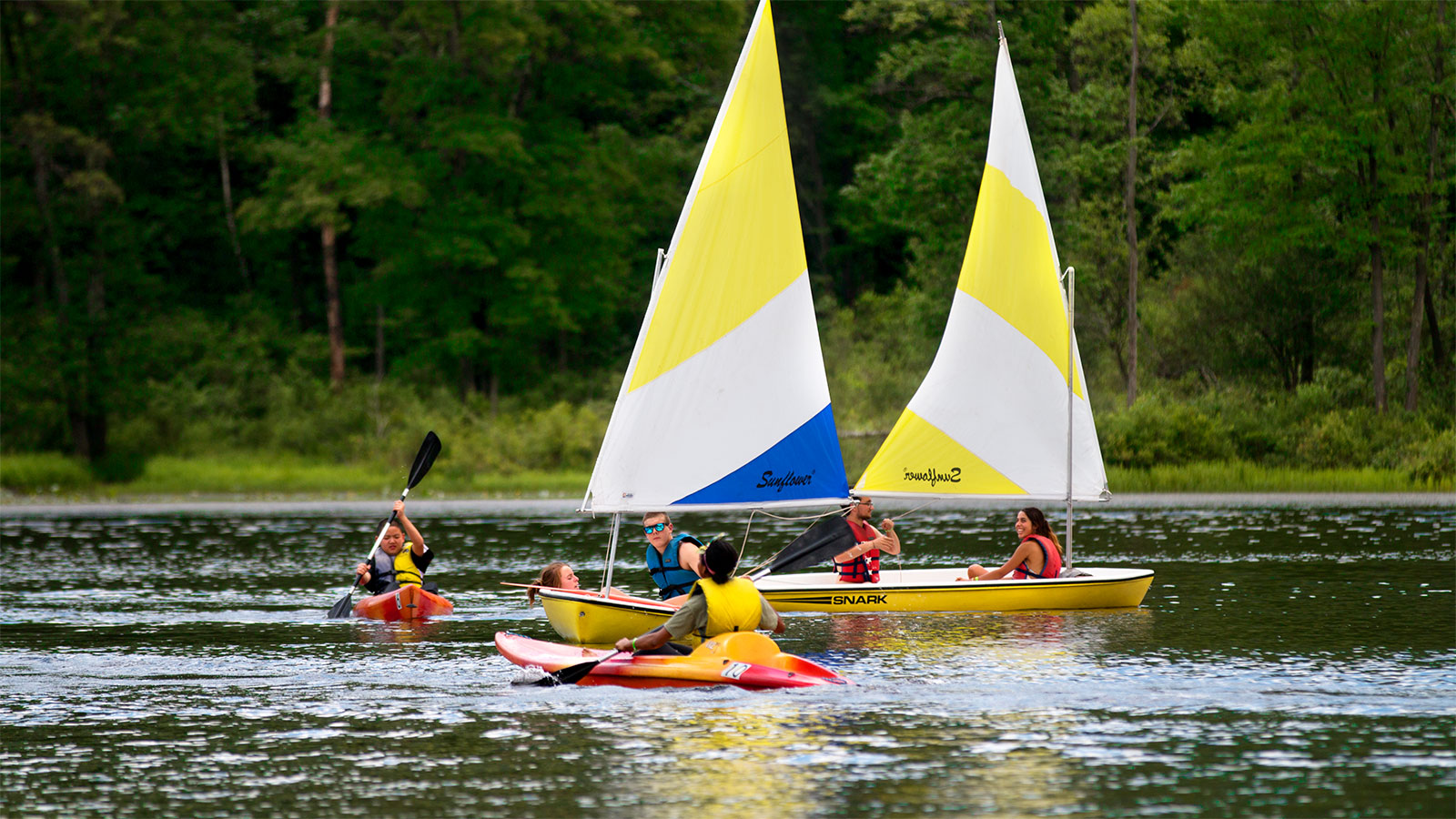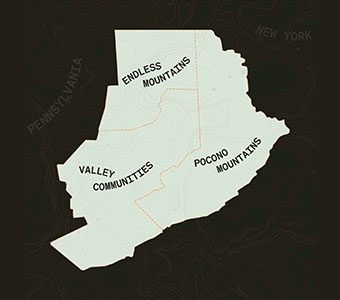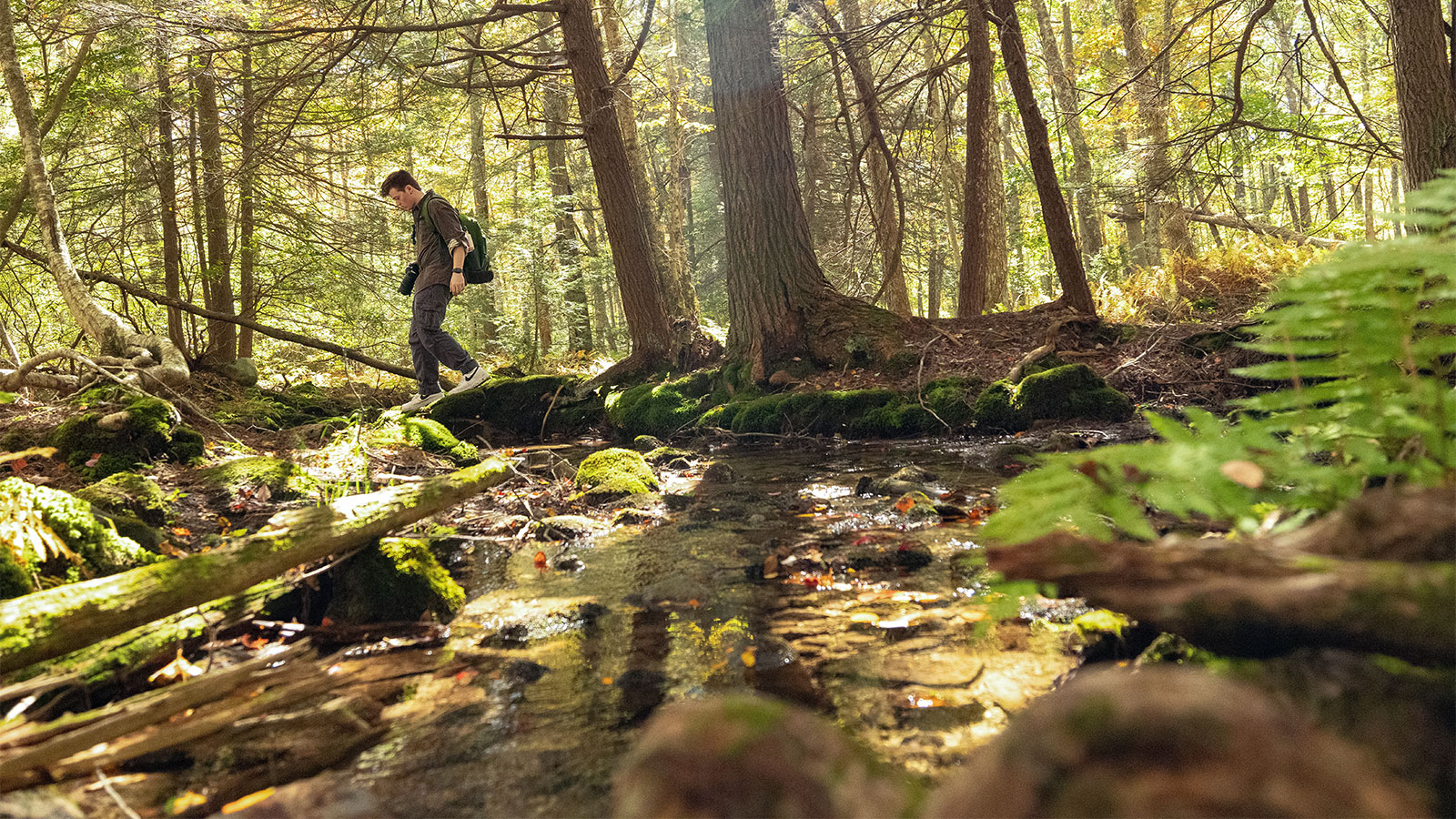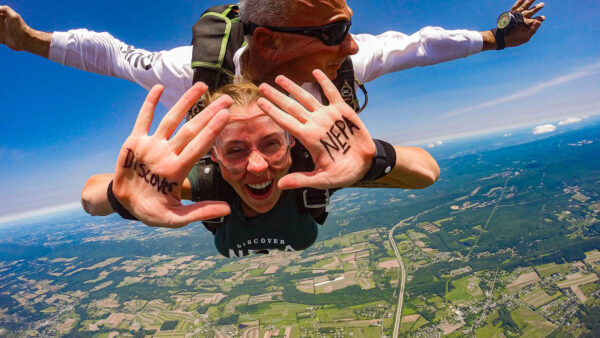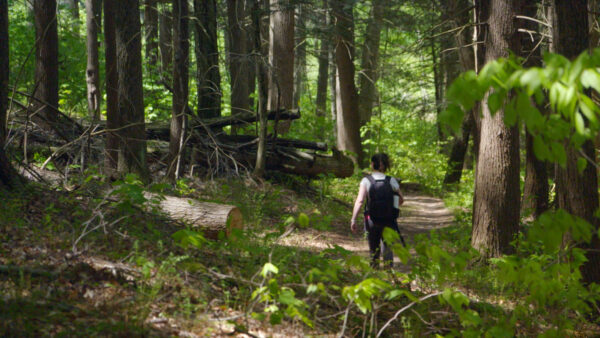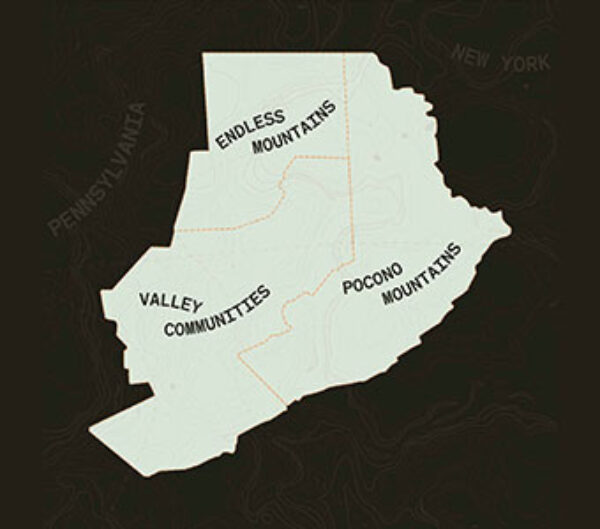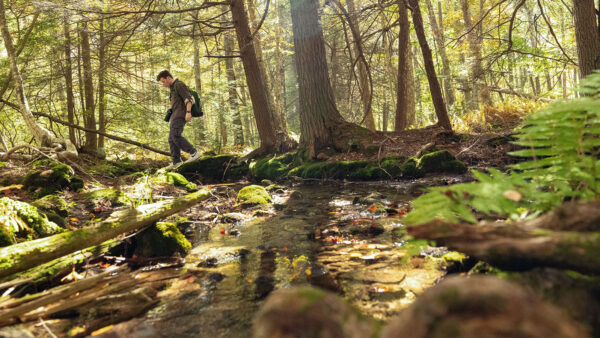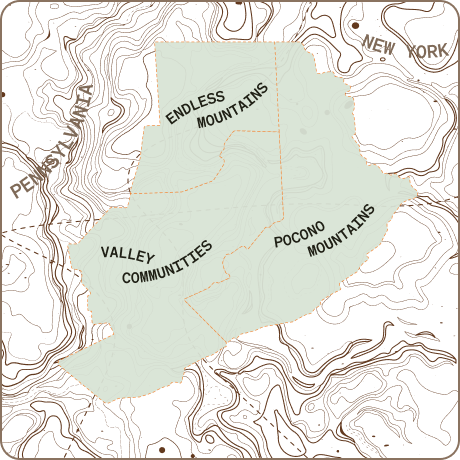DiscoverNEPA is all about celebrating Northeastern Pennsylvania’s abundant and vibrant natural spaces. We want you to get outside, relax and unwind in the mountain air, among the towering trees, along the crystal-clear lakes and streams. We just want to make sure everyone enjoys these places safely and respectfully.
That’s why we’re teaming up with state agencies, local conservation authorities and outdoor enthusiasts to bring you expert advice, tips and so much more to help you enjoy NEPA’s great outdoors.
PA Game Commission Urges Enjoying Sight of Spring Fawns form a Distance

Protecting NEPA’s young and newborn birds and mammals.
The Pennsylvania Game Commission is tasked with protecting and managing all wildlife and its habitat here in Pennsylvania. One of the biggest challenges occurs in the springtime when most young birds and mammals are born. Most of the time it’s not the birth that causes the problems, but the “rescue” that occurs by well-meaning, but misinformed helpers. Whitetail deer fawns are a prime example. The peak birthing time for fawns is late May into early June, and these animals generate more rescue calls than any other animal in that time frame. Whitetail deer, like any other wild animal, survive on instinct (and sometimes, a little luck). The fawns can stand up and walk twenty minutes after they’re born but are not yet strong enough to run and keep up with the doe to escape danger. That’s where nature steps in to help.

They’re more protected than you think.
The white spots on the reddish-brown coat help the fawn blend into its surroundings, whether it be woods, fields, or grass. Also, the scent glands are not yet developed and won’t be for about two weeks. The fawn relies heavily on the camouflage coat and lack of scent to help it survive until it’s strong enough to run and flee danger. It’s so reliant on this protection that you can literally walk up to a week-old fawn and pick it up, and that’s where the problems begin. An adult doe is loaded with scent glands and the longer it stays with the fawn, the more odor it leaves in the area, making it easier for a predator to find and kill the fawn.
To combat this, the doe will nurse the fawn, then leave the area, but is never far away. She knows exactly where her young are and will often move them from place to place. But then, someone happens to stumble upon the fawn, looks around, doesn’t see the doe, and assumes the fawn must be abandoned. Rarely is that the case, as the doe is in the area but just out of sight. The fawn gets picked up, taken home, put in a box with a blanket and a bowl of water and chopped up carrots. This is the worst thing to do. If you see a fawn that you think needs help, don’t touch it! Call the Game Commission and an officer will respond and evaluate the situation.
For more information on any wildlife related matters, visit the Game Commission’s website at www.pgc.pa.gov You can also contact the Northeast Regional Office in Dallas at 570-675-1143.
Featured Image (Top) Courtesy of PA Game Commission

